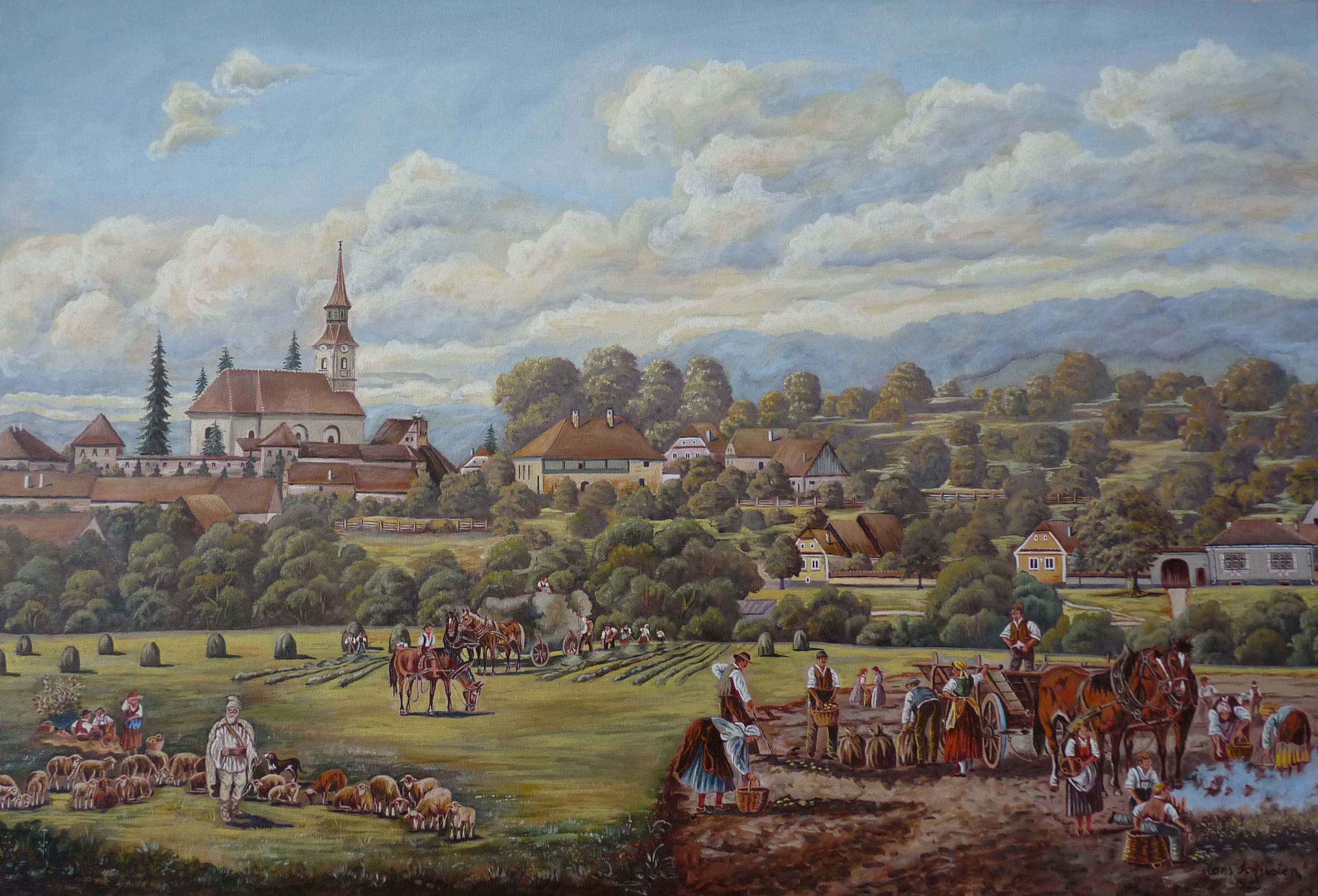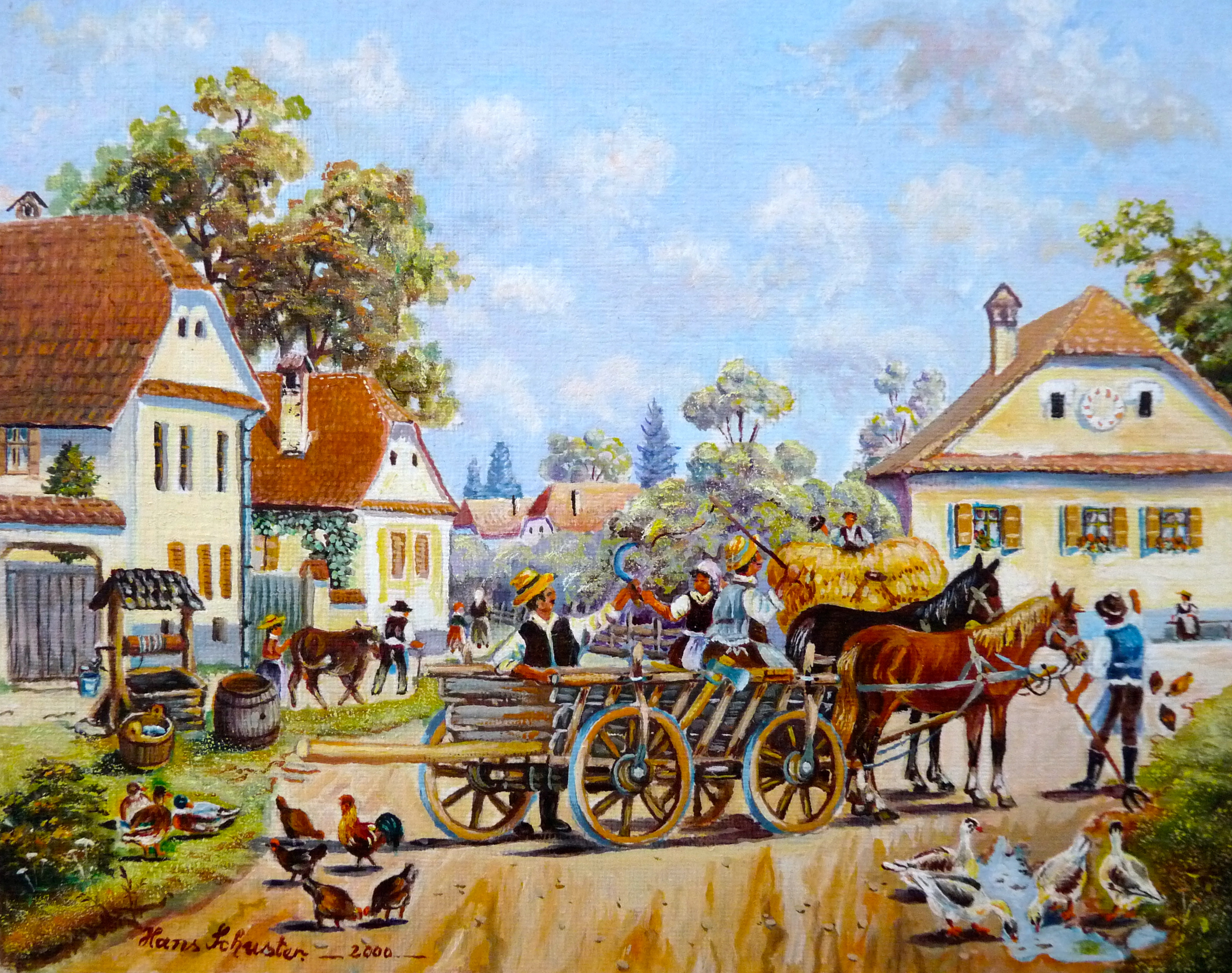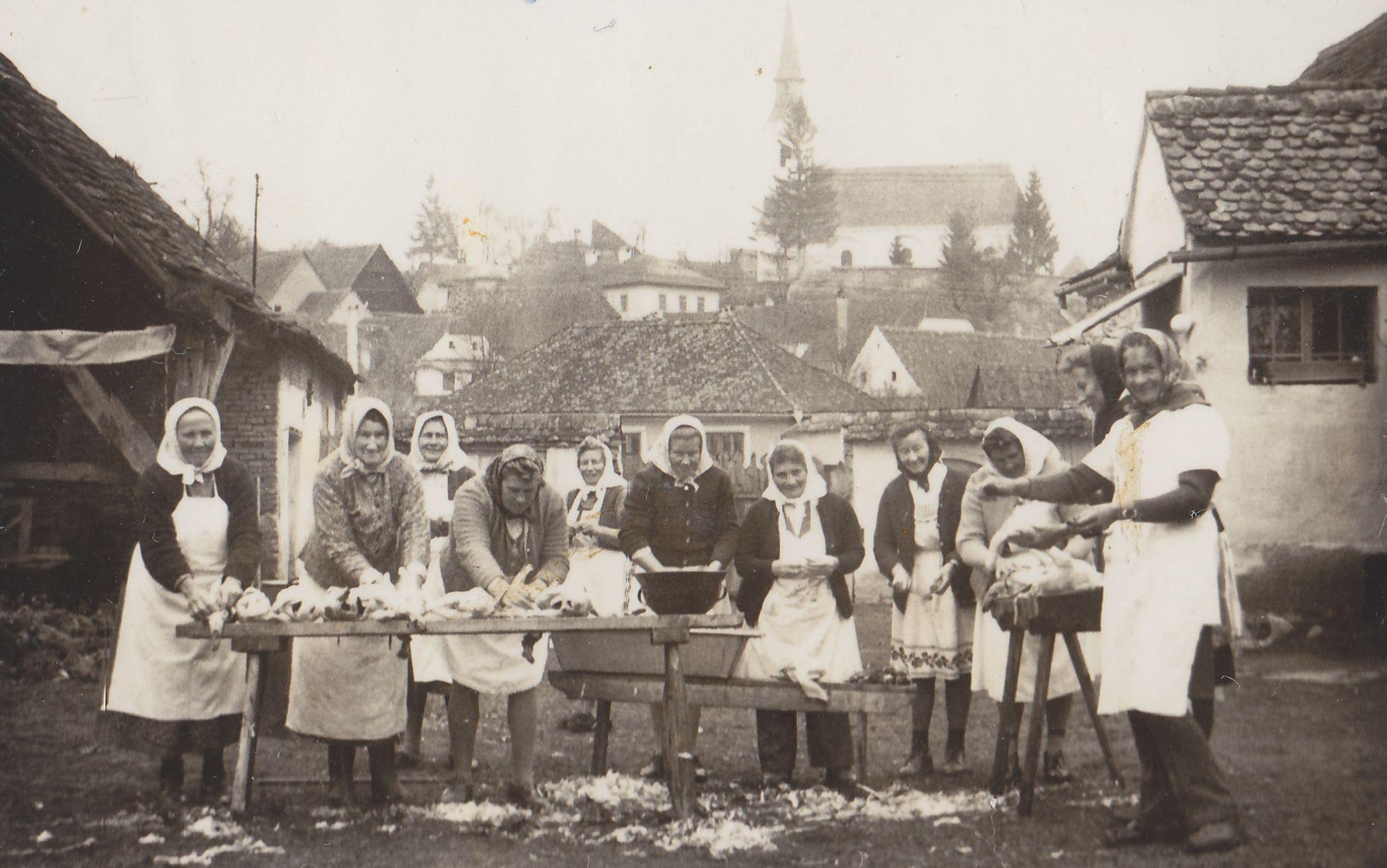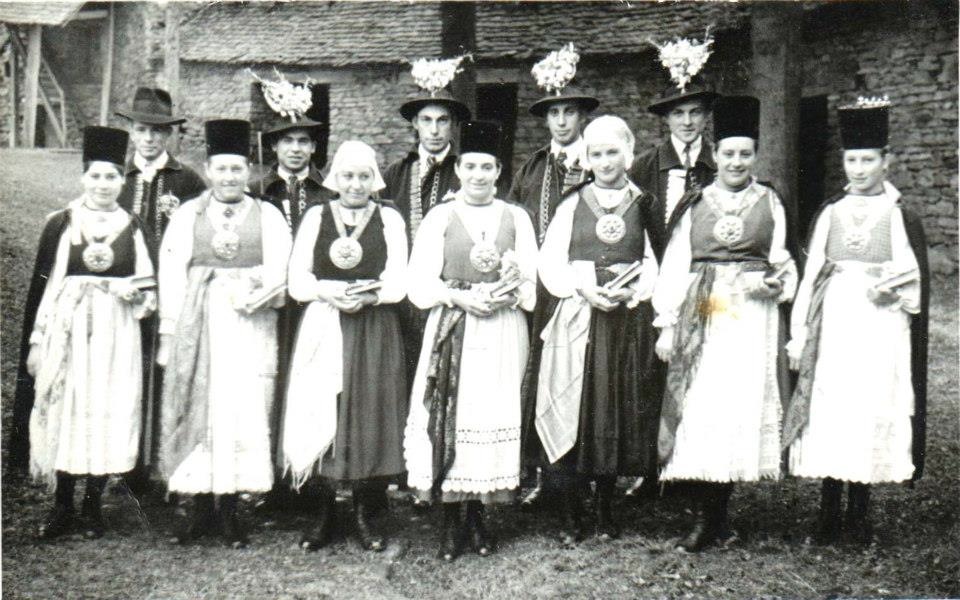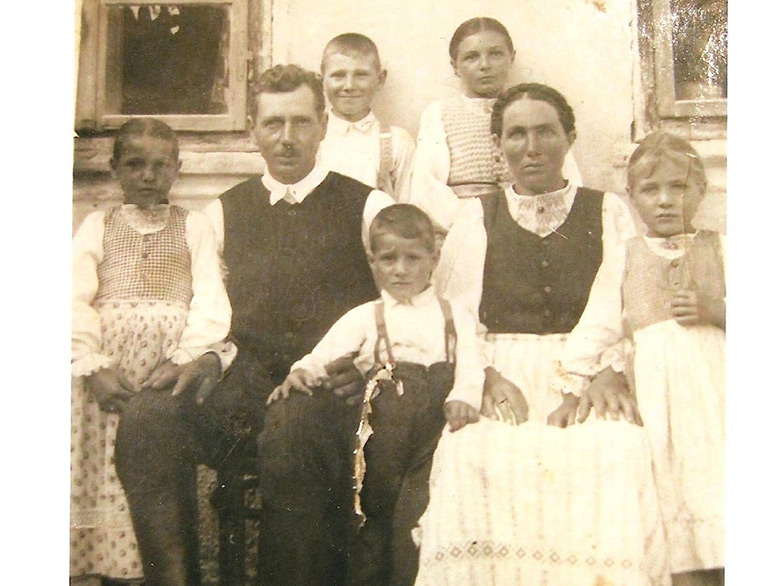25 km from Sighisoara and 20 km from Rupea, in the middle of Tarnava tableland, Deutschekreuz (Kreuz) Criţ/Szaszkeresztur, is part of an exceptional region dominated by Saxon settlements certificated in XIII-XIV Century. Six of these villages are today protected Unesco sites. Saschiz, Biertan, Sighisoara Old City and Viscri are few of them and in proximate distance from Criţ.
Founded in 1267 by a foreign Flemish community arrived as mercenaries for the Hungarian Medieval Kingdom and speaking a dialect that can be today found only in Luxemburg, Deutschekreuz/ Criţ kept his identity as Saxon village till our days.
The population setteled here is called Saxon by the time that the teritory we know today as Transylvania is included in the Medieval Hungarian Kingdom, and the population setteled here is given special rights, in particular personal, administrative and legal independance.
The smooth and in the same time logical display of Criţ invites you to explore it. The untainted medieval structure of the village together with the facades of the houses street takes you back in times, and the evanghelical church vitness the uniqueness and welfare of Saxon community.
The actual fortified church, it self an historical monument, is built in the very place that the old stone church documented from 1270 existed. The old church, dedicated to the Holly Cross, has been demolished in 1810 and the construction of the new neoclasic church is completed in 1814.
Old chests dated 1666 and 1724, painted banches from 1793 and old bells inscripted 1549 and 1551, seam to make the connection between the two establishments and the six centuries separating them.
Four out of 5 towers of the oval enclosure wall are still preserved and together with few warehouses are witnesses of the times of the tatar invasions when the Saxon population would gather inside the churches’ walls to be able to survive. (See more on fortified churches in Transylvania on : http://whc.unesco.org/en/list/596)
The longevity, wellfare and uniqueness of Saxon culture in Crit and other surrounding villages like Cloasterf, Viscri or Mesendorf is undoubtable due to their ingenious and extremely practical economical and administrative organization of the village. Remarcable is the division of the villagers in neighborhoods of 15-25 families with the purpose of helping one another in bigger undertaking around the house and activ participation in the village community. The leader, called The Big Father had the decisional role, and the Small Father, a younger person, was keeping the accounts and the administration of the group.
This extraordinary structure is kept in part till today by the new population that came in the village brought by the communist era.

